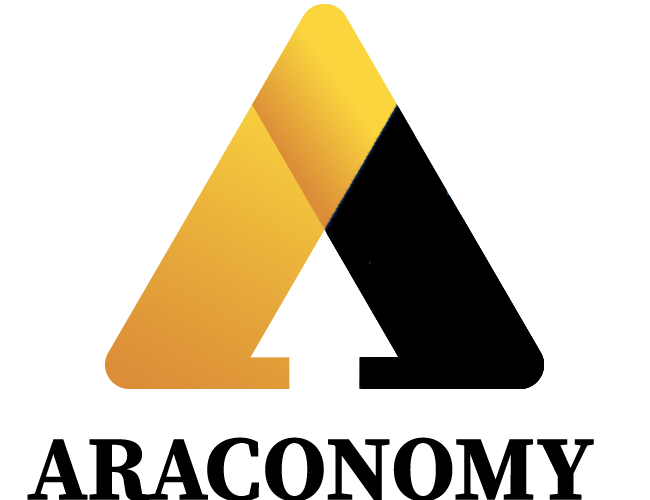What is a Down Payment?
A down payment is an upfront cash payment you make when purchasing a home, representing a percentage of the total purchase price. This initial payment reduces the amount you need to borrow through your mortgage loan and demonstrates your financial commitment to lenders.
How Much Should You Put Down?
The ideal down payment amount depends on several factors including your financial situation, loan type, and market conditions. Here are common down payment scenarios:
Conventional Loans
5-20%: Most conventional loans require a minimum of 5% down, though 20% is often recommended to avoid Private Mortgage Insurance (PMI).
FHA Loans
3.5%: Federal Housing Administration loans allow qualified buyers to put down as little as 3.5% with mortgage insurance.
VA Loans
0%: Veterans Affairs loans offer eligible service members the opportunity to purchase homes with no down payment required.
Benefits of a Larger Down Payment
While putting down more money upfront requires more cash, it offers several advantages:
- Lower Monthly Payments: A larger down payment reduces your loan amount, resulting in smaller monthly mortgage payments.
- Avoid PMI: Putting down 20% or more on conventional loans eliminates the need for private mortgage insurance.
- Better Interest Rates: Lenders often offer more favorable rates to borrowers with larger down payments.
- Increased Equity: You immediately own more of your home, building equity from day one.
- Competitive Advantage: In competitive markets, larger down payments can make your offer more attractive to sellers.
Calculating Your Down Payment
Our down payment calculator helps you understand the financial impact of different down payment amounts. Simply enter your home price and either specify a percentage or dollar amount for your down payment. The calculator will show you:
- Exact down payment amount needed
- Remaining loan amount to finance
- Estimated monthly principal and interest payments
- Total interest paid over the life of the loan
- Complete cost of homeownership
Planning Your Down Payment Strategy
Saving for a down payment requires careful planning and discipline. Consider these strategies:
💡 Saving Tips
- Set up automatic transfers to a dedicated savings account
- Consider high-yield savings accounts to maximize growth
- Look into down payment assistance programs in your area
- Explore gift funds from family members (following lender guidelines)
- Consider first-time buyer programs with reduced requirements
Beyond the Down Payment
Remember that the down payment is just one part of your homebuying costs. You'll also need to budget for:
- Closing Costs: Typically 2-5% of the home price
- Home Inspection: $300-$600 for professional inspection
- Appraisal Fees: $400-$800 for lender-required appraisal
- Moving Expenses: Varies based on distance and services
- Emergency Fund: Recommended 3-6 months of expenses
Making the Right Decision
The "right" down payment amount balances your current financial situation with your long-term goals. While a larger down payment offers benefits, it shouldn't deplete your savings entirely. Maintain adequate emergency funds and consider your other financial priorities when determining how much to put down.
Use our calculator above to explore different scenarios and find the down payment strategy that works best for your situation. Remember to consult with mortgage professionals and financial advisors to make the most informed decision for your specific circumstances.









